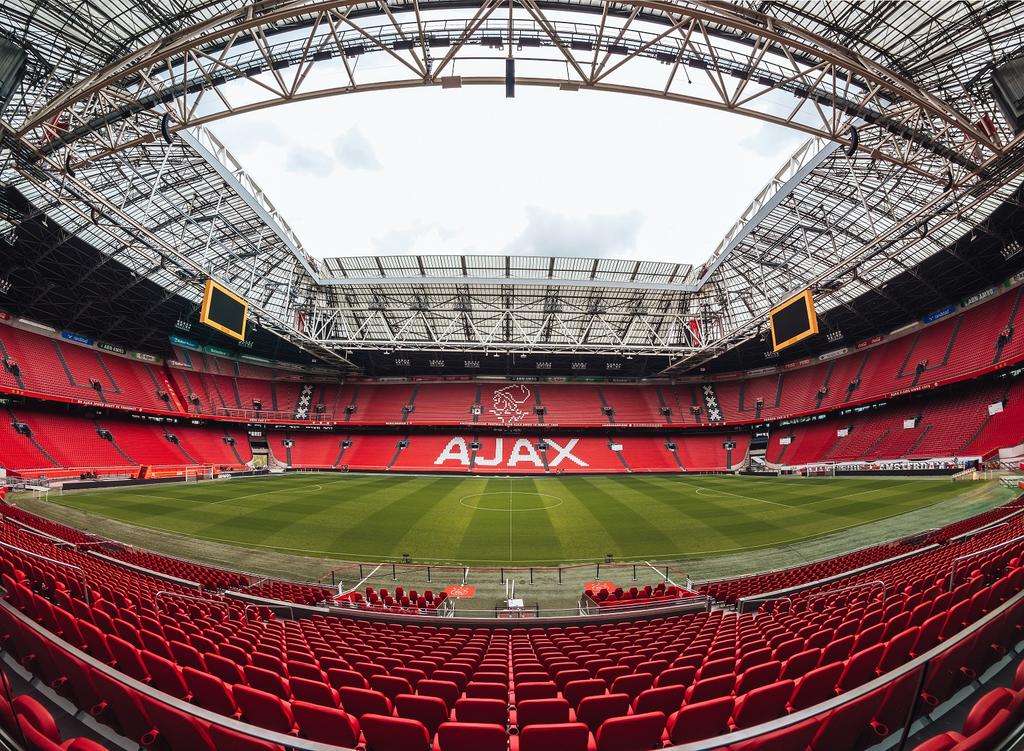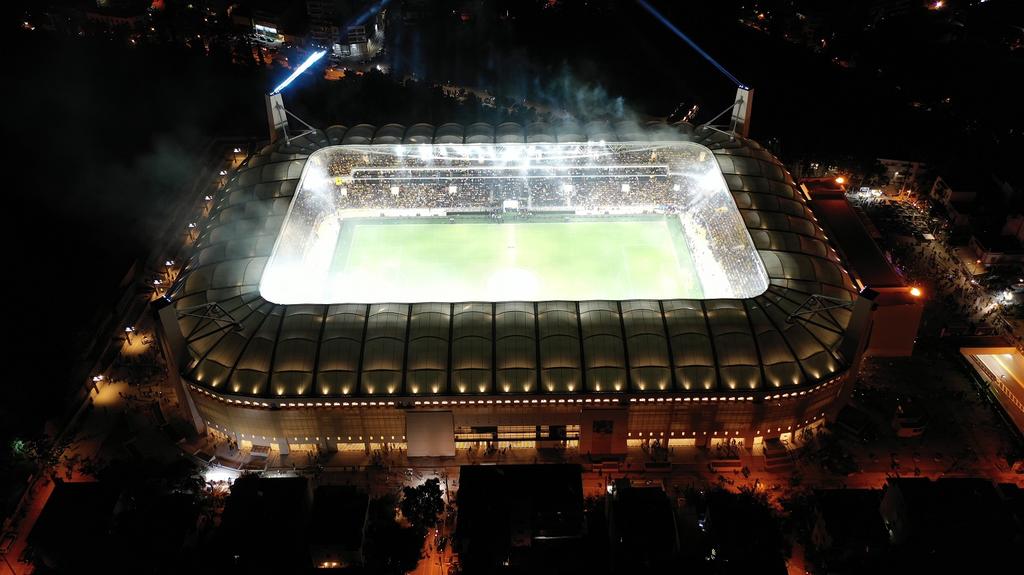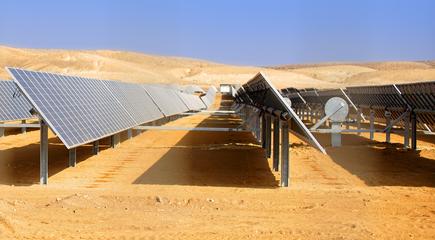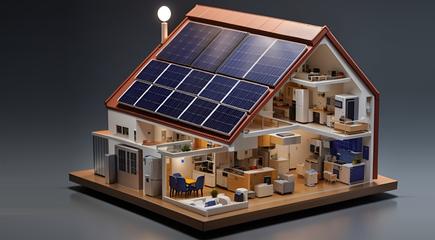The Sport of Stadiums Going Green

For the first time in Super Bowl history, Las Vegas played host to the NFL’s championship game in 2024 at Allegiant Stadium. A few months before the Big Game, the 3-year-old home of the Las Vegas Raiders made news by becoming the first NFL stadium powered by 100% renewable energy. It might be the last thing on the minds of passionate sports fans cheering for their favorite teams under bright stadium lights, but those very lights are a huge consumer of energy. Many sports stadiums and arenas around the world are putting a lot of effort into reducing energy consumption. In the true spirit of Mr. Green, we celebrate this year’s Super Bowl by taking a look at how these giant buildings are becoming more environmentally friendly.
“Surprisingly, sports venues are pioneers in the promotion of sustainability,” states a blog by Climate Action, the UK-headquartered organization founded to facilitate collaboration in the development, deployment and accelerated uptake of net zero solutions. “Many sports venues have jumped on the sustainability bandwagon in a race to minimise their carbon footprint, preserve their green legacy, and take the lead in innovation.”
Any form of mass human activity is likely to use a lot of energy. A rock concert may consume up to 400 kWh of power just on the stage. Sporting events often need much more. Depending on the features of the venue and the type of the event, a 70,000-seat stadium can consume somewhere between 10,000 to 20,000 kWh on gameday for lighting, air conditioning, concessions, broadcasting and other operations. In comparison, a typical household uses less than 1,000 kWh of electricity in a month. An article on the Irish general interest site LoveBelfast recently claimed that the most power-hungry sports are American football, baseball and basketball, with soccer (or football for everyone outside of the United States) close behind.

In the soccer world, the Union of European Football Associations (UEFA) has produced an 11-point sustainability strategy, which includes a goal within the Climate and Advocacy section to “cut greenhouse gas emissions by 50% by 2030 – in view of achieving net zero carbon by 2040 within UEFA, across UEFA events, and collaboratively across European football.”
This commitment to environmental preservation isn't unique to UEFA; many sports organizations and teams have embarked on similar missions. Immediate solutions include the installation of solar panels and wind turbines, coupled with energy-efficient LED lighting, appliances, and storage systems.
Other measures can be more creative. The Amsterdam ArenA, home of Dutch soccer team Ajax, uses second-life Nissan LEAF batteries to provide backup power for the stadium. The building also distributes energy to the surrounding neighbourhood when needed, to alleviate pressure on the grid.

Mercedes-Benz Stadium, home of the NFL’s Atlanta Falcons and the MLS’ Atlanta United FC, is the first professional sports stadium to receive a Platinum LEED certificate. Its exterior features 160,000 square feet of single-layer ethylene tetrafluoroethylene (ETFE) translucent surface. Known as the Window of the City, it maximizes the utilization of natural light and offsets, at least partially, the 1,700 kWh per game consumed by this modern colosseum’s giant halo display, the largest single-side LED video scoreboard in the world. In Silicon Valley, Levi’s Stadium, home of the San Francisco 49ers, features a 27,000 square-foot green roof on the top of its suite tower, providing insulation that reduces heating and cooling costs.
With the competitive nature of sports, it’s only a matter of time before someone starts to keep score on how teams are doing when it comes to sustainability. Or is that already happening? If your favorite team can’t win the World Series or the Premier League, can you at least claim bragging rights for how much energy the team saves compared to its archrival? According to British company Bionic, yes, you can! Spoiler alert, fans of Aston Villa aren’t going to be very happy.
Measuring the “greenness” of stadiums is highly complex, but Bionic, a British company that helps businesses optimize usage of energy and other utilities, has suggested a formula. The company created indices based on data from the UK’s Office of National Statistics to analyse the government’s ratings of energy efficiency for particular postcodes, plus information from StadiumDB, such as renovation dates and other supporting data.
Heat usage of different postcodes was analysed using the UK CHP Development Map, and data from addresspollution.org, the UK’s Central Office of Public Interest (COPI), was used to analyse air pollution across postcodes. The results were published by Bionics in a blog at the start of this year.
By this analysis, Arsenal’s Emirates Stadium is the greenest Premier League stadium with an index score of 64.48. The 60,707-seat venue was the first in the league to install large-scale battery systems in 2018, with enough storage to power an entire football match. In 2015, the Emirates installed LED lighting that reduces energy consumption by 30% compared to its previous 2,000 W metal-halide lights.

However, given that the maximum possible score is 100, even the Gunners have a lot of room for improvement. The green stadium table shows that triple-winner (winning Premier League, FA Cup and Champions League consecutively in 2022-23) Manchester City ranked only 9th (of 20) with Etihad Stadium scoring 53.95. Aston Villa propped up the table with Villa Park scoring a lowly 25.
Advanced semiconductor technologies can contribute greatly to the conservation efforts of modern sports stadiums. Power Integrations has SCALE-iFlex LT gate driver boards for energy storage systems, HiperLCS-2 power conversion ICs for stadium lighting and BridgeSwitch motor driver ICs for fans and compressors, all of which improve efficiency and help stadiums surge ahead in the race to sustainability.






